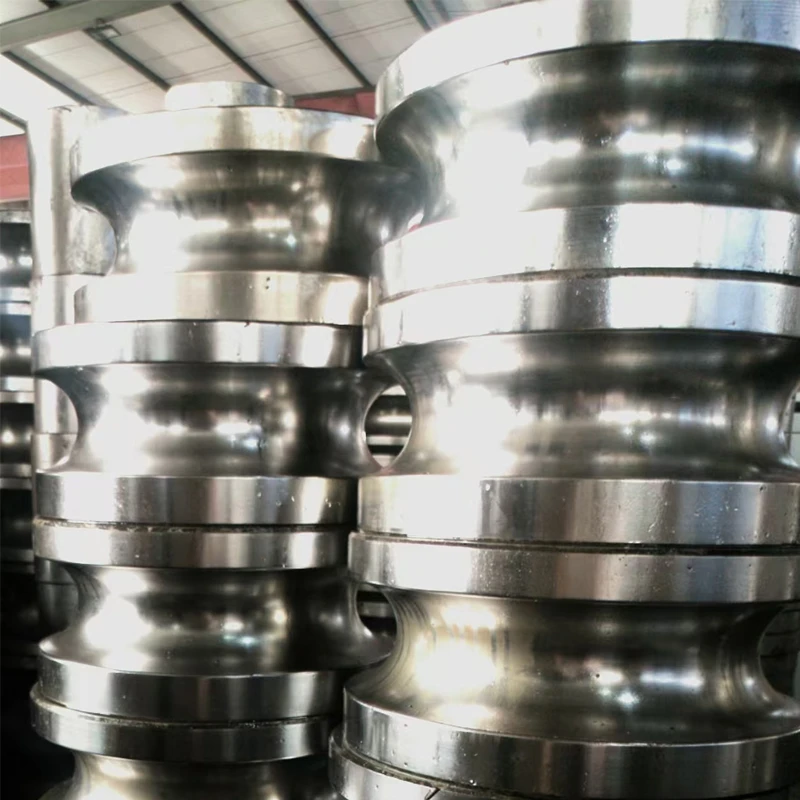electrical molding price
Understanding Electrical Molding Prices An In-Depth Analysis
Electrical molding is a crucial process in the manufacturing of various electrical components and devices. It encompasses the shaping and forming of polymer materials from which electrical insulators, circuit boards, and a range of other components are made. As the demand for electrical products continues to surge, driven by advancements in technology and an increased reliance on electrical devices, understanding the factors that influence electrical molding prices becomes vital for manufacturers and consumers alike.
What is Electrical Molding?
Electrical molding refers to the production process involving the transformation of raw materials into specific shapes and sizes, catering to the diverse needs of the electrical industry. The process typically involves the use of thermoplastics or thermosetting plastics, which are heated until they become malleable and can be injected into molds. Once cooled, these materials harden into the desired form. The benefits of this technique include precision, durability, and the ability to produce complex shapes that are essential for the functionality of electrical products.
Factors Influencing Electrical Molding Prices
1. Material Costs The type of polymer used has a significant impact on the overall molding price. High-performance materials, such as polycarbonate or silicone, typically cost more than standard plastics like polypropylene or polyethylene. Additionally, fluctuations in the global supply chain can affect the prices of raw materials, which in turn influences the final cost of the molded products.
2. Mold Design and Fabrication The complexity of the mold itself plays a crucial role in determining the price of electrical molding. Custom molds, which require specialized designs and production processes, are usually more expensive. Furthermore, the material used for molds—often steel or aluminum—will also influence costs. Higher quality molds tend to have longer lifespans and can produce more parts over time, making them a worthwhile investment despite the higher initial cost.
3. Production Volume The scale of production has a direct impact on molding prices. Manufacturers often offer lower per-unit costs for larger production runs due to economies of scale. Conversely, small-scale productions may incur higher fees, as the fixed costs associated with setting up the molding machines need to be amortized over a smaller number of units.
electrical molding price

4. Labor Costs Labor is another critical factor in the pricing equation. Regions with higher labor costs will naturally cause an uptick in the overall price of molded products. Additionally, skilled labor is often required for certain advanced molding processes, which can further drive up costs.
5. Post-Processing and Finishing Many electrical products require additional processing after molding, such as painting, printing, or additional assembly. The need for these additional steps can increase the overall price of the finished product.
6. Technological Advancements The adoption of newer technologies, such as automation and advanced molding techniques, can also influence pricing. While the initial investment in high-tech machinery may be significant, it can lead to cost savings in the long run through increased efficiency and reduced waste.
Market Trends and Future Outlook
As the electrical industry continues to evolve with new technologies such as electric vehicles, smart home devices, and renewable energy solutions, the demand for high-quality molded electrical components is expected to rise. This growing demand may lead to increased investment in advanced molding technologies and materials, potentially stabilizing or even reducing prices in the long term as manufacturers become more efficient.
Furthermore, the trend towards sustainable manufacturing practices is affecting the types of materials used in electrical molding. Biodegradable plastics and recycled materials may become more prominent, and while they currently may be more expensive, they could become cost-effective options as technology and production methods improve.
Conclusion
Understanding electrical molding prices is essential for anyone involved in the manufacturing or procurement of electrical components. By taking into account the various factors that influence costs—from material selection to production volume—manufacturers can make informed decisions that align with their budgets and market demands. In an ever-evolving electrical landscape, staying informed about price trends and technological advancements will be crucial for maintaining a competitive edge.
-
High Frequency Straight Seam Welded Pipe Production Line-BzZhou Xinghua Machinery Equipment Manufacturing Co., LTD.|Precision Welding, High EfficiencyNewsJul.30,2025
-
High Frequency Straight Seam Welded Pipe Production Line|BzZhou Xinghua|Precision Welding&EfficiencyNewsJul.30,2025
-
High Frequency Straight Seam Welded Pipe Production Line - BzZhou Xinghua|Precision Engineering&EfficiencyNewsJul.30,2025
-
High-Frequency Straight Seam Welded Pipe Production Line-BzZhou Xinghua Machinery Equipment Manufacturing Co., LTD.NewsJul.30,2025
-
High-Frequency Straight Seam Welded Pipe Production Line-BzZhou Xinghua Machinery Equipment Manufacturing Co., LTD.|Precision Manufacturing, High EfficiencyNewsJul.30,2025
-
High Frequency Straight Seam Welded Pipe Production Line-BzZhou Xinghua Machinery Equipment Manufacturing Co., LTD.|Precision Steel Pipe Manufacturing&Industrial EfficiencyNewsJul.29,2025


